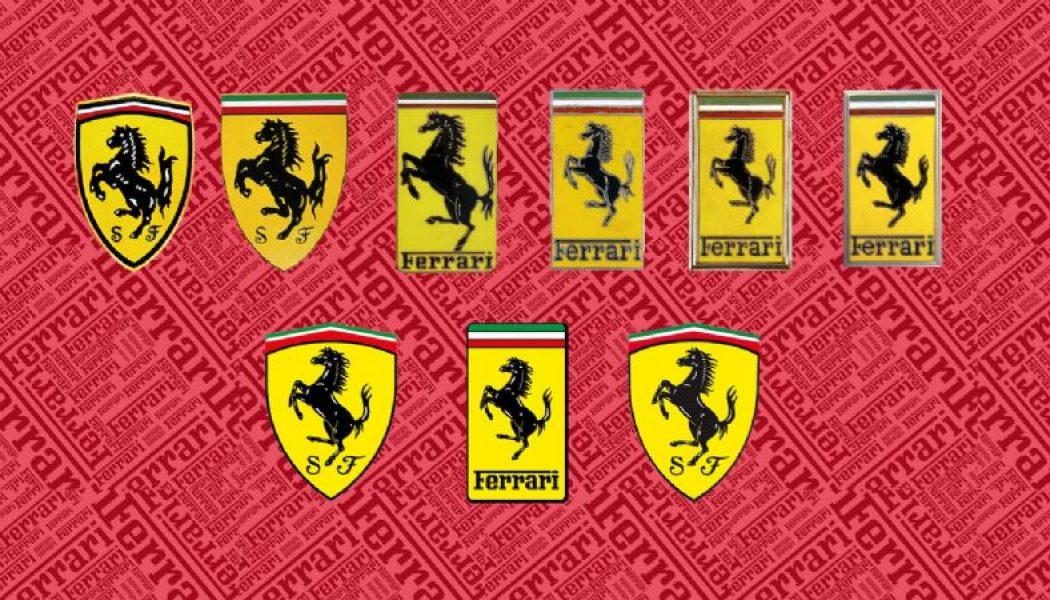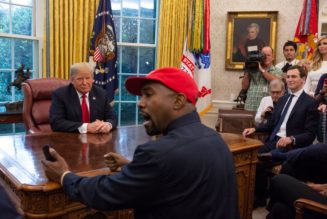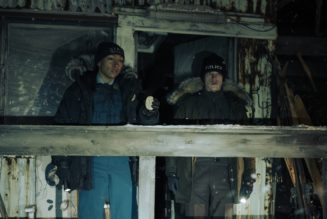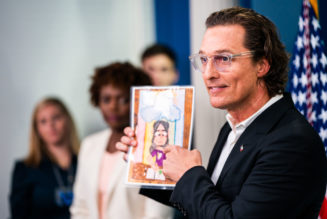When presented with a car like the 986-horsepower, 211-mph plug-in hybrid SF90 Stradale, it’s easy to forget the high-tech, hypercar-building Ferrari of today got its start not long after cars started edging-out horses for daily transportation needs. In the years since, the Ferrari marque has gone through many cycles and changes, not the least of which have been changes to the Ferrari logo itself, the famed Prancing Horse.
Origin of the Ferrari Logo
The Ferrari Cavallino Rampante, or Prancing Horse, has been traced to origins as ancient as 1692, when a similar design was found on the regimental banner of the Royal Piedmont Regiment of the Duke of Savoy, Vittorio Amadeo II, by the Museo del Marchio Italiano.
As Ferrari itself tells the tale, the marque’s eponymous founder, Enzo Ferrari, was visiting Count Enrico Baracca and Countess Paolina Baracca, the parents of famed Italian World War I fighter pilot Francesco Baracca, when the Countess suggested Enzo put the prancing horse their son had painted on the side of his plane during the war on Ferrari’s race cars for good luck.
Enzo won the opportunity to meet the Baraccas in person after driving to victory in a race at the Savio circuit in Ravenna, Italy, in 1923. According to Enzo’s recounting of the tale—a story he’s on the record as having told only once—the horse was black, a feature he kept, but the canary yellow background was his own doing, chosen because it was the color of his hometown of Modena. The horse Francesco Baracca had originally painted on his plane had been red but was painted in black by his squadron mates as a sign of mourning after Baracca was killed in action during the war.
Another version of the origins of Baracca’s (and thereby Ferrari’s) Prancing Horse, again from the Museo del Marchio Italiano, says the horse depicted on Baracca’s plane was not a lucky symbol painted to honor fierce regiments of the past and Baracca’s own roots as a cavalryman in the Italian army’s Reggimento Piemonte Cavalleria, the modern descendant of the Royal Piedmont Regiment. Instead, it was a kill symbol painted on the plane to represent Baracca having shot down a pilot from Stuttgart, Germany, where the city crest depicted a similarly prancing horse, and, unlike the historic Italian version (or the version depicted on Baracca’s plane in the photo above), had the same up-turned tail as the eventual Ferrari badge. Curiously, Stuttgart’s heraldic crest also features a bright yellow background, and, to this day, a version of this same horse can be found on every Porsche badge.
The First Ferrari to Wear the Logo
Regardless of the origins of the Prancing Horse, the first car to wear the Ferrari-shield logo was not even, strictly speaking, a Ferrari, but an Alfa Romeo, as Scuderia Ferrari wasn’t yet a carmaker, but rather Alfa Romeo’s racing team, Enzo himself having started with Alfa Romeo as a racing driver before evolving into a leadership role and, eventually, as the official works team for Alfa. The Scuderia Ferrari Alfa Romeo 8C Monza first wore the Ferrari shield for the 1932 season.
It wasn’t until after World War II that Ferrari would build its first road cars. Enzo Ferrari wasn’t interested in road-car sales but begrudgingly began selling cars to the public for road use as a way to fund his true passion, racing. The first road car to wear the Ferrari badge, the Ferrari 125 S, arrived in 1947, with a 1.5-liter V-12 engine.
Despite being the first road car to wear Ferrari’s prancing horse logo, the 125 S also represented the first change to the logo, which went from a traditional shield-shaped badge to the rectangular version still in use today, though Ferrari also continues to use the shield-shaped badge as well, especially on its race cars.
The Ferrari Logo Today
Having settled on the Cavallino Rampante on a yellow background with the tricolors of the Italian flag across the top in its early days, Ferrari has produced a number of variations of its logo over the years, but all have kept those three key elements unchanged. The most noticeable changes have been to the styling of the horse itself, with minor changes to details and to line thickness. As minor as those changes have been from one badge to the next, comparing the most recent Ferrari Prancing Horse to the first reveals apparent changes in the horse’s mood.
The horse’s mood? Yes, it is, after all, prancing, an obvious non-verbal communication of mood. In our subconscious anthropomorphism of the famed horse, looking at the lines and curves that define its eyes, nose, and mouth, we can detect a transition from a furious (or at least disgruntled) horse rearing on its hind legs as a threat to a friendlier horse, rearing up as a sign of joy.
Does that transition reflect the evolution of Ferrari as a company? In many ways, yes; long gone are the days when hard-driving Enzo Ferrari, himself a racer in his youth, would play mind games to push his drivers to ever-faster laps, the implied threat of unemployment or worse always looming. Even then, though, Enzo cared about his team and he was grief-stricken when a driver was injured or killed. Yet while the Ferrari marque continues as a prominent force in motorsports around the world some 32 years after Enzo’s death in 1988, the sale of passenger cars, and the lifestyle surrounding the Ferrari brand, have become equal players in the marque’s overall self-image. And with that broader perspective and its growth into its global fan base, the brand has, perhaps unlike Il Commendatore, mellowed with age.










